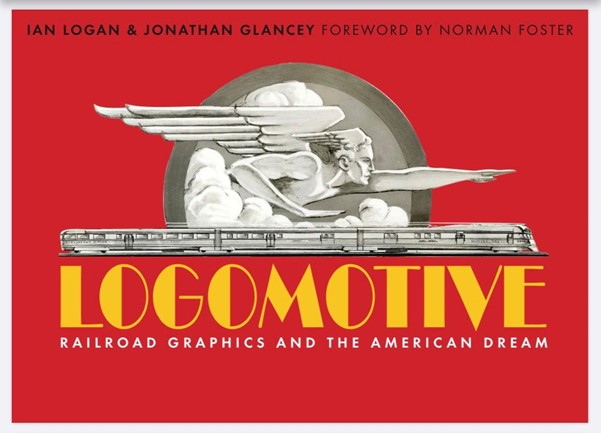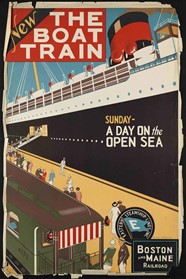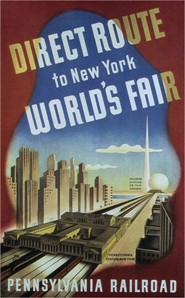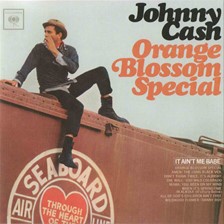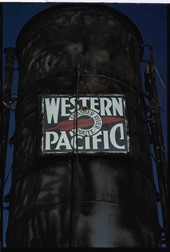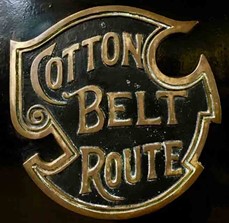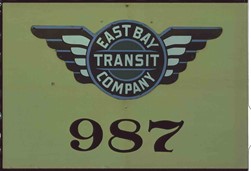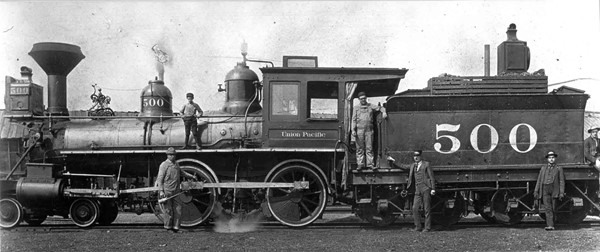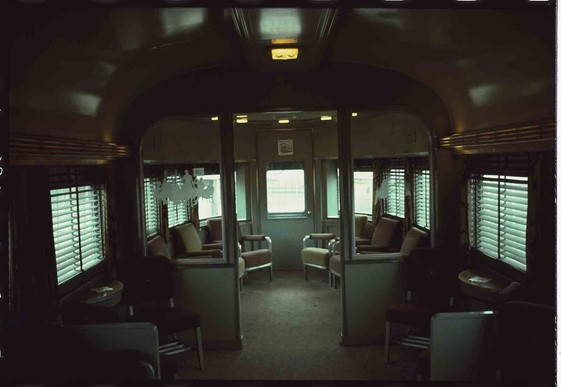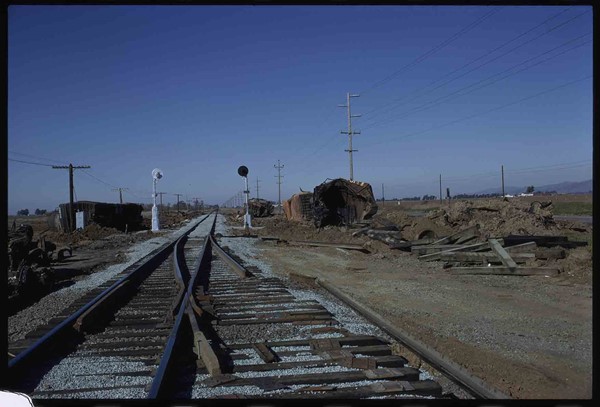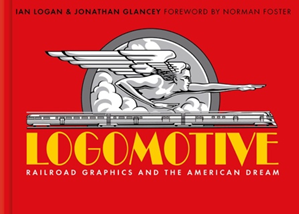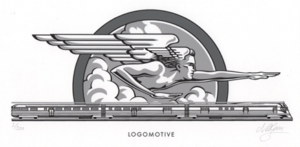26.10.2021
Book Review: LOGOMOTIVE
LOGOMOTIVE
Railroad Graphics and the American Dream
Ian Logan & Jonathan Glancy
Anticipating a journey is part of the fun of travel and as soon as you glance at this book there is anticipation and visual excitement. Its landscape format echoes the shape of coaches, a format that receives further emphasis from the cover graphics which illustrate the Zephyr trainset of gleaming stainless steel, given speed and direction by the stylised illustration of Zephyrus, the winged Greek God of the West Wind which formed the branding for the launch of the Zephyr in 1934. The colour choice of fiery red and glowing yellow, serve to emphasise the heat of steam locomotives whilst Zephyrus’s outstretched arm and hand visually signposts and leads you to open the book and begin the journey.
It is indeed a journey, or a photographic record of journeys undertaken by Ian Logan during the 1960s and 70s when he travelled extensively across the USA photographing as many freight cars, box cars, cabooses, and engines as he could find. His photographic record is enhanced and supplemented by a wealth of visual material from numerous American railway archives, museums and societies showing examples of advertising, merchandise, memorabilia, train interiors, stations and the people who travelled the rails.
The imagery is held together by the writing of Jonathan Glancy which as you would expect from one of the leading commentators on design and culture, is authoritative as well as reflective of his lifelong passion for trains. Equally passionate, Norman Foster in his foreword observes the relationship between abstracted typography and graphic symbols, engineering, art, and American culture which we have all come to readily recognise.
Great reference is made throughout the book of the influence of the railroad and its terminology on American music and vice versa, especially in the genre of folk and country and western music. As Foster points out, the freight train, express train together with the entire railroad system became immortalised in hit songs by the likes of the Andrews Sisters and of course for artists such as Johnny Cash and Hank Williams. It is a notion that remains in the mind throughout the book and carries even more significance when realising that Ian Logan’s uncle was the folk singer/songwriter Ewan MacColl.
But the real treat in the book is the imagery of the trains with their branding, the logos, and the associated typography. Typography that is fully exploited across a range of materials, embossed brass plates, screen print, signwriting, print, stencils, carved, embroidered, woven, and illustrated. Numbers play a key role in trains as any trainspotter will tell you, and there is no shortage of number styles included in the locomotive and railroad signage portrayed.
- Ian Logan Collection
- Ian Logan Collection
- Ian Logan Collection
- Ian Logan Collection
All the American themes come together in this visual collection, the American dream, going west, corporate America, a vast landscape of opportunity born out of travel. They are themes that many who grew up in the 50s and 60s will recall whether as seen on screen, TV or in the comic books and magazines of the period. For those it will be difficult to flip through the book without remembering Casey Jones, the folk legend engineer, ‘steaming and a rolling’ at the throttle wheel of the Cannonball Express as sung by Burl Ives, or Cary Grant as Roger Thornhill walking alongside the 20th Century Limited in Grand Central Station in Hitchcock’s North by North West, in his silver grey suit mirroring the stainless steel of the locomotive, and further back, the numerous westerns where the locomotive with the iconic ‘cow-catcher’ was chased by all and sundry.
The ‘business’ of the railroad truly saw the integration of numerous design disciplines in delivering a whole experience that promoted American culture, whether it be the architecture of Daniel Burnham’s neoclassical Union Station (Washington), Reed & Stern’s/Warren & Wetmore’s roman proportioned windows in Grand Central (New York), the industrial design of the Zephyr by Paul Philippe Cret and John Harbeson, Henry Dreyfuss’s 20th Century Limited, Raymond Loewy’s shark nosed 1940’s express, the poster designs of Maurice Logan, the pullman interiors by Sterling McDonald, the logo design of James Valkus and Allan Fleming, or the myriad of engineers and operatives adding their expertise and craft, all can be seen in the visual record this book offers.
As well as the exciting imagery from the golden age of American trains, Logan captures images of abandoned box cars and locomotives, lain on their side like dead beasts, rusting into memories as Steve Goodman sang in ‘The City of New Orleans’, ‘this trains got the disappearing railroad blues’. In 1916 98% of intercity travel in the States was by train, by 1957 this had shrunk to 32%, the train was making way for the takeover of the automobile which had and would equally deliver iconic branding and design but of a more individualistic nature than the collective experience of rail travel, perhaps suggesting a different American dream.
The politics, economic, sociological, cultural, and business environment influencing the rise and decline of the railroad are referenced, with no skipping over some of the more disturbing details of how indigenous peoples and immigrants were impacted by its expansion, providing an interesting timeline concurrent with the design, and branding shewn in the book. However, it is design and the visual celebration of this bygone era that shines through above all other aspects.
It is difficult to browse the pages without hearing the ‘clickety-clack’ of the wheels on the track, the soulful voices of country & western and folk singers, harmony singing, or visioning wide open landscapes with endless tracks disappearing across deserts into mountain ranges, or, feeling the rush of air as the train accelerates, or sipping a cocktail in a stylish bar car. What is not difficult, is to enjoy this visual feast.
A LOGO VISUAL RESOURCE FOR DESIGNERS
Logomotive contains more than 350 classic logos and a new one drawn for the cover. Order the book direct from the publishers and they will send you a limited-edition print* of the cover art, numbered and signed by the artist.
CSD members should login to their members area https://www.csd.org.uk/members-area/ to order with the unique CSD code and receive a 25% discount and free P+P – but hurry to receive your limited-edition print while stocks last.
Non-CSD members in the UK can order direct from www.sheldrakepress.co.uk
or calling 020 8675 1767. Designers in the US can order directly from www.sheldrakepress.com or by calling 800 888-4741 or 312 337-0747
* The limited-edition print is available while stocks last.
